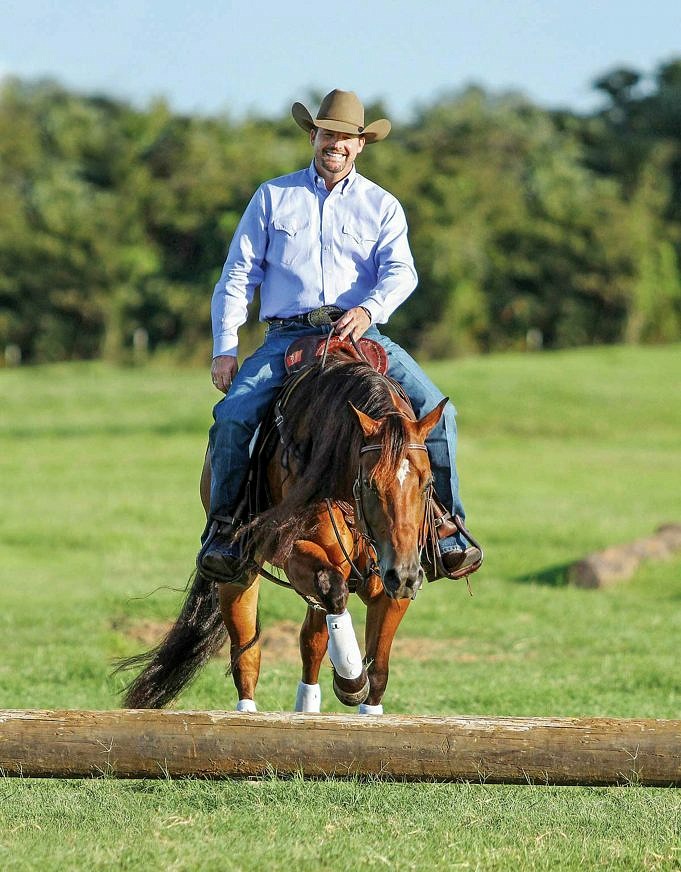These Are The 10 Trail Riders Moves That You Must Master
1 LOOKING AWAY: The most important skill in trail riding is to learn how to look ahead. This skill should be practiced 24-7. Practice looking ahead when driving on freeways (either as a driver or passenger) and anticipating slowing down. The same applies to the trail. Before you reach the end, look ahead for trouble and find the best route.
Instead of looking at the front wheel directly in front, instead look out 30 feet or more ahead. Continue to look ahead, and you will find the fastest route while avoiding mud holes and bad ruts. Pay attention to the reactions of other riders and observe how they respond.
2 CLIPPING IN
Clipping in to a pedal should become second nature. You need to be able clip in without looking up. Clip In With Confidence October 2007 is a good book for beginners. More experienced riders should learn how to feel their way to the pedal instead of looking.
3 RIDING
Use an 80-revolutions-per-minute pedal cadence. Use a watch to count the number of times your right knee rises. In a period of 15 seconds, the knee should rise at least 20 times. Multiplying 4 times 20 equals 80. This is the fastest way to turn the cranks. You will soon learn the feeling if you keep track. You will now be able to ride at a 60 cadence (knee rises once per second) and a 100-rpm pedaling cadence (15 seconds). Once you have mastered the cadences, the gears can be used to keep your legs moving at 80 rpm. This pace is the ideal compromise between muscular force and aerobic power. It is possible to pedal at 80 rpm almost indefinitely if you do it correctly.
4 USEING THE FRONT BAKE
Always use your front brake. As you decrease speed, your body weight shifts forward. This improves grip and lighterens the rear tire. This is why the front has the most stopping power.
If the front brake is uncomfortable, you can ride on easy terrain at a slower pace and only apply the brake when the bike is slowing. The front brake is more effective when the bike is upright and the bar is straighter.
It is important to reduce the lever pressure when turning. You will eventually get the hang of how hard it is to brake the front wheel. It should stop skidding to the sides. This is when you’ll be able to brake down
anything.
5 BREATHING
You have more power when you breathe. To make your breathing seamless, you need to get into a rhythm. Ryder Hesjedal’s trick for racing mountain bikes was to use key breathing, which involves the steady rocking of your body, spinning feet or the clinking and clacking of a necklace on the chest.
Because it forces you to inhale deeper, focus on an exhale that is stronger. Holding your breath during difficult situations is the opposite of a good rhythm. When you hit a sudden climb, jump or series of unpleasant bumps, make sure to exhale.
6 STAYING LOSE
You can keep your center of gravity lower, and your weight will be better positioned to react to the trail. Dont tighten up. Let the bike move and do its job. You will feel more relaxed after a long ride if you keep your hands loose.
7 POWER SHIFT
You can use any combination of cogs with the chain railed at the middle ring. When your chain is in its largest chainring, you should reserve the five smallest cogs and only use the five largest when you are in granny gear.
You should use skill number one when climbing. Also, look ahead to see what you’re getting into. If it is a granny climb, you should decide immediately. Before foot pressure is too high to switch, it’s a good idea to do so early.
8 BUNNY HOPING
Compress into the bike using two separate motions. Bend your elbows and knees to compress the bike. Then rebound by pushing off of the ground and lifting the bar. Your bike will rise to the surface! Clipless pedals allow you to control your bike’s height and flight. You can practice until you are able to approach a curb at a moderate pace and hop over it.
You will become a better rider if you can bunny hop. It is easier to shift back onto the bike and raise the front wheel with no thought. You feel lighter and can glide over rocks and holes by riding on the pedals. You will feel more springy and the suspension will absorb any hard impacts.
9 CLIMBING EFFICIENTLY
On most climbs, it is best to remain seated. Standing makes it easier to lose traction, and the bike is more difficult to steer and control. Only use out-of the-saddle spurts to climb over obstacles or get back to top of a gear.
To climb steeply, you will need to shift your weight onto the nose of the saddles in order to keep the front straight while driving the rear tire into a hard surface. Relax and get into a rhythm of breathing and pedaling. To maximize leg torque, slide back onto the saddle while you are seated.
The Garage Files March 2008 contains detailed information on how to determine the right saddle height.
10 KEEPING THE ELBOWS OUT
You can bench press while keeping your elbows together. This position will quickly show you how much control and force you have lost. The same applies to holding onto the handlebars of your bike. Keep your elbows raised! This position not only gives you superior strength and control but it also keeps your chest open, making it easier to breathe in air.
For better aerodynamics, the elbows are wider than normal to keep the body comfortable bent over. The head is aligned with the fork so the front tire can be stuck more easily into turns.



